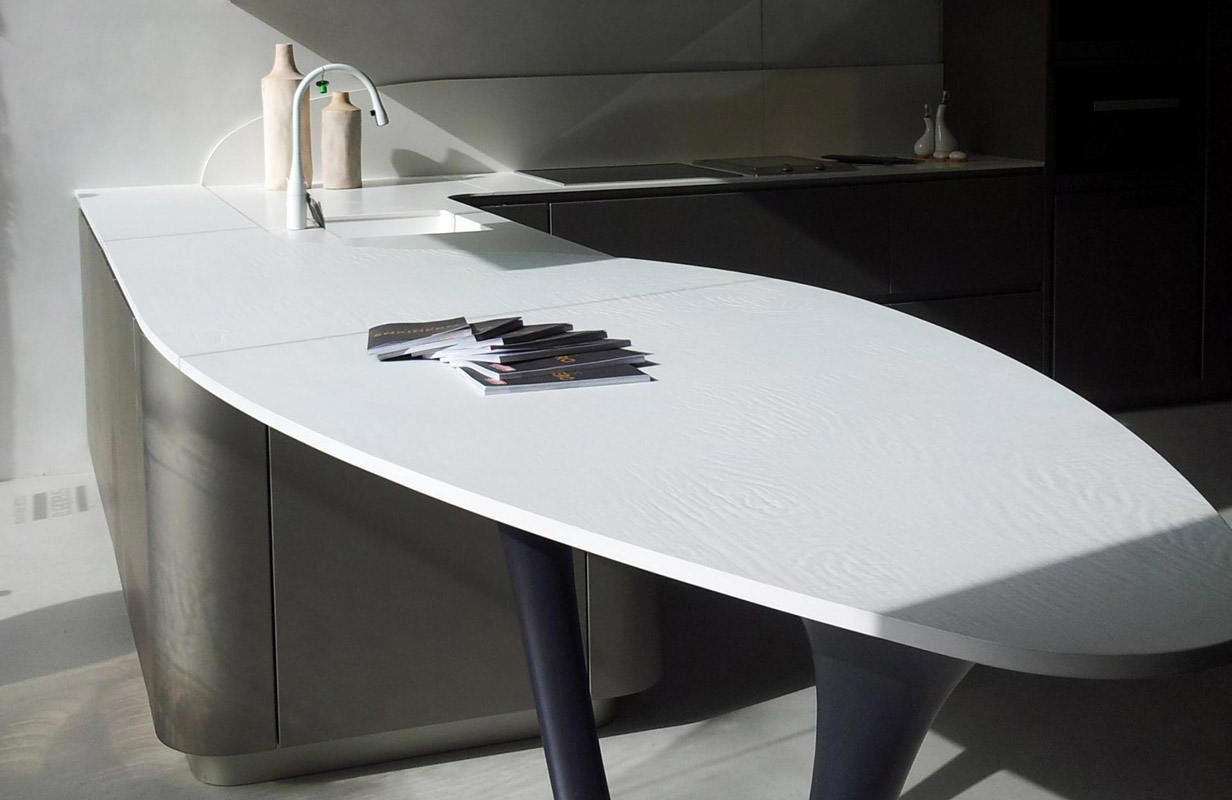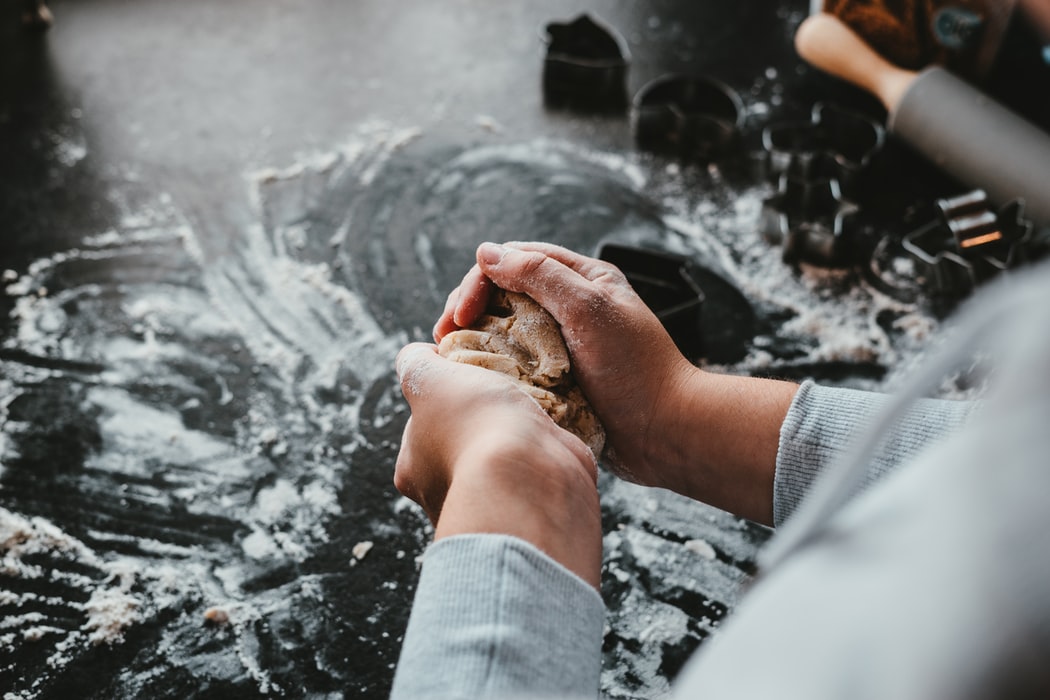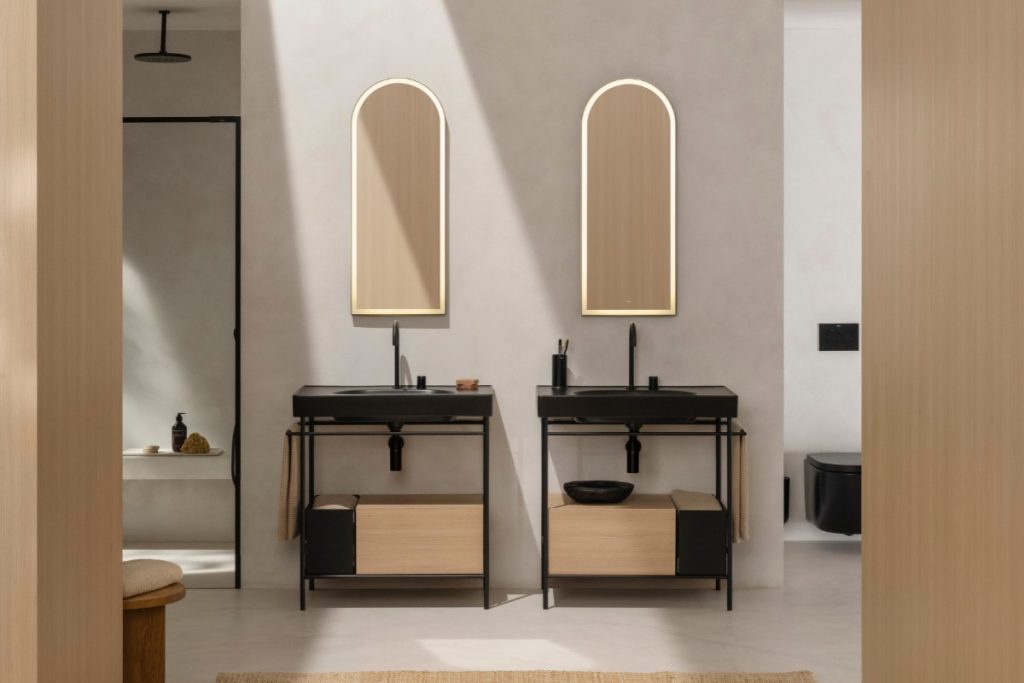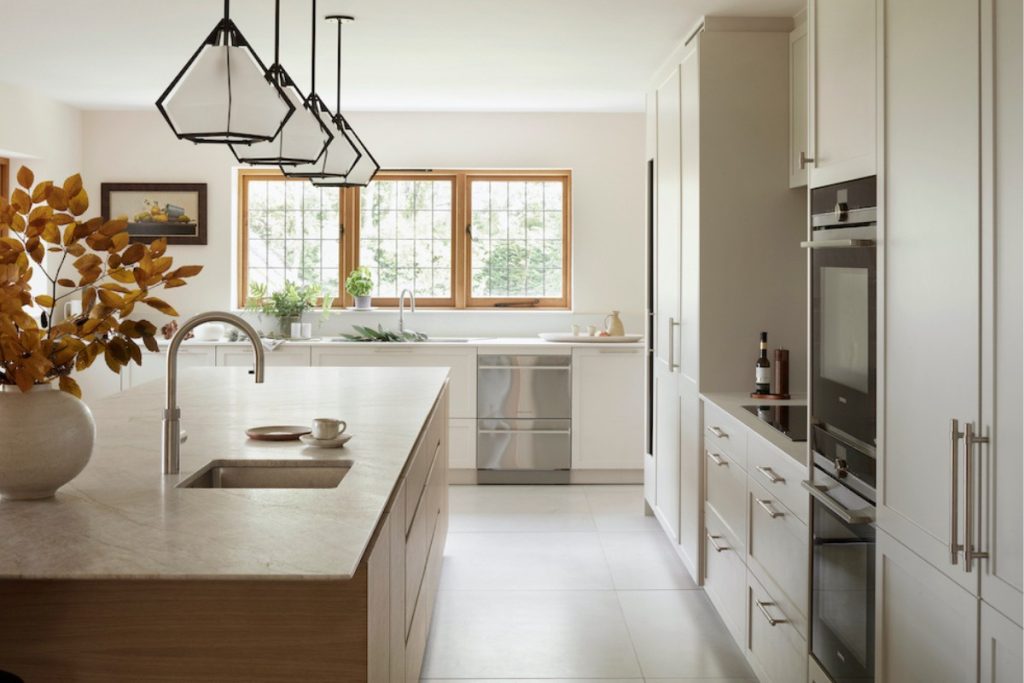 27th February 2020 | IN DESIGN ADVICE | BY SBID
27th February 2020 | IN DESIGN ADVICE | BY SBIDSurprisingly, there is no current UK legislation to control the composition of quartz work surfaces, nor set a minimum material performance standard for the quartz materials marketed and sold in the UK. SBID Accredited Industry Partner, Italian Luxury Surfaces expresses concerns over consumer safety and the importance of proper material certification as the Sales & Marketing Director, Phil Winter tells us more.
The quartz manufacturers who currently hold independent verification of their material quality, do so voluntarily or because consumer protection legislation in other markets demands it. There are three recognised dangers posed by untested & uncertified quartz materials. These are the potentially harmful levels of VOC emissions (Volatile Organic Compounds), the micro porosity that can make the surface difficult to clean or sanitise and most importantly, the surface finish leaching of toxic chemicals that can contaminate food.
The Risk of VOC
The VOC risk within quartz comes from the ‘resin’ element, the composition of which is often unknown, and it can vary hugely from manufacturer to manufacturer. Typically, the resin content when measured by weight, represents between 7% – 15% of the material. By volume, the resin proportion is much higher. Because VOC’s are volatile, these compounds vaporize and emit gasses, even long after the quartz has been formed and fabricated. Paint, for example, emits only half of its VOCs in the first year after application.
Marc Lallanilla, a sustainable living and green design expert, and Member of the Society of Environmental Journalists, summarized the issue in stark language in his recent article, ‘VOCs are linked to a range of health problems, including some very serious diseases. Benzene, for example, is one of several VOCs that’s known to cause cancer. It’s not suspected, it’s known, beyond any doubt. Other health effects besides cancer include kidney damage, liver damage, damage to the central nervous system (including the brain), as well as minor complaints like headaches and eye, throat, and nose irritation’.

Consumer Misconception
An understandable misconception made by consumers, designers and interior architects alike is to assume that ‘country of origin’ or familiarity of a brand name provides a guarantee on a specific quartz material’s test and certification status. It does not. Fully certified quartz surfaces originate from all parts of the globe and worryingly, so do many currently uncertified and therefore potentially harmful quartz materials.
Thankfully, responsible counterparts within the kitchen industry are now starting to act, insisting that their sales and design teams are communicating the importance of only specifying independently tested and certified worktops to their customers. But many continue to place their customers at potential risk.
The only way to be 100% sure that your own quartz work surface is not placing the users at risk is to check if your quartz brand is certified for low VOC emissions by visiting www.greenguard.org. For material composition and food contact suitability, you can also check www.nsf.org.
Sadly, there are those within the kitchen industry who choose to hide behind the consumers’ ignorance of the very real health risks posed by poor quality quartz materials, with excuses such as, ‘no one has ever asked me for it’ when referring to material certifications or worse still ‘they won’t pay for it’, inferring that somehow a low price absolves the specifier from a professional duty of care towards their clients.
How are quartz surfaces certified?
When a surface is tested and certified by NSF International for food contact, they verify the composition of the material and they certify that the finish will not leach toxic chemicals that could contaminate food. Since quite literally anyone could mix their own blend of random materials, ‘bake it’ and sell it as ‘quartz’ in the UK.
Materials certified for specification in a ‘Food Zone’ are also evaluated for the temperature they can withstand before degradation occurs. High temperature resistance being an indicator of resin stability and therefore material quality and safety.
NSF’s testing is less stringent for materials designed to be specified and used in ‘Splash Zones’, where the focus is on durability, construction and clean-ability. Here micro porosity of quartz has practical issues as well as health risks. Materials with porosity are more susceptible to staining as the (relatively) open structure creates pockets that fluids can fill, discolouring the surface.
It would be incorrect to say that all untested and uncertified quartz materials are definitely dangerous. Until they are tested that is of course unknown. Equally, unless regulators insist that the quartz brand owners, importers and manufacturers submit their products to suitably qualified and independent agencies for testing, it is not possible to say with any certainty that they are 100% safe.
Verifying Certification Claims
Worryingly, the growing trend of unscrupulous manufacturers claiming certification they do not have has forced NSF to issue a warning on their website as they are “concerned about fraudulent downloading and manipulation of website text.” Encouraging consumers to always confirm this information by obtaining accurate information, here.
No doubt there will be manufacturers and agents of other consumer product groups reading this article with a degree of disbelief. Most likely, reflecting on the rigorous R&D work and testing that they will have done. Quite rightly, they will be wondering how this vital element of a 21st century kitchen has escaped regulation!
Do the right thing, protect your family and clients by only using NSF 51 and GREENGUARD certified quartz.
About the Author
Phil Winter is the Sales & Marketing Director at Italian Luxury Surfaces, the sole UK Distributor of Stone Italiana. Previously, Phil has had the privilege of working with some of the most respected brands in the Kitchen & Interiors industry, such as Poggenpohl, bulthaup, Gaggenau and Bosch.
This article was written by Phil Winter, Sales & Marketing Director at Italian Luxury Surfaces.
If you’d like to become SBID Accredited, click here to find out more.



